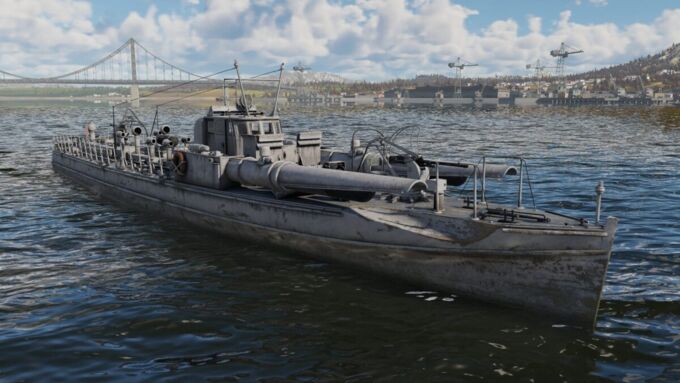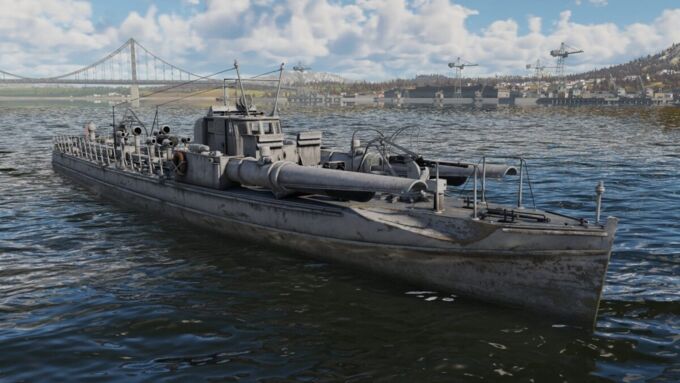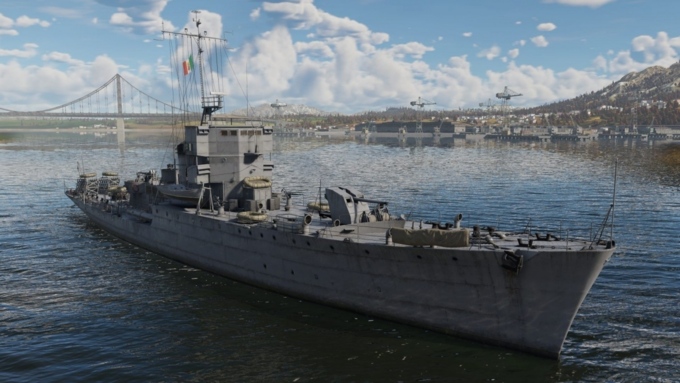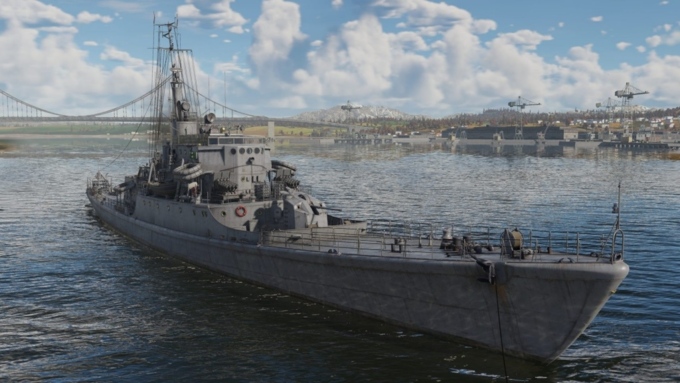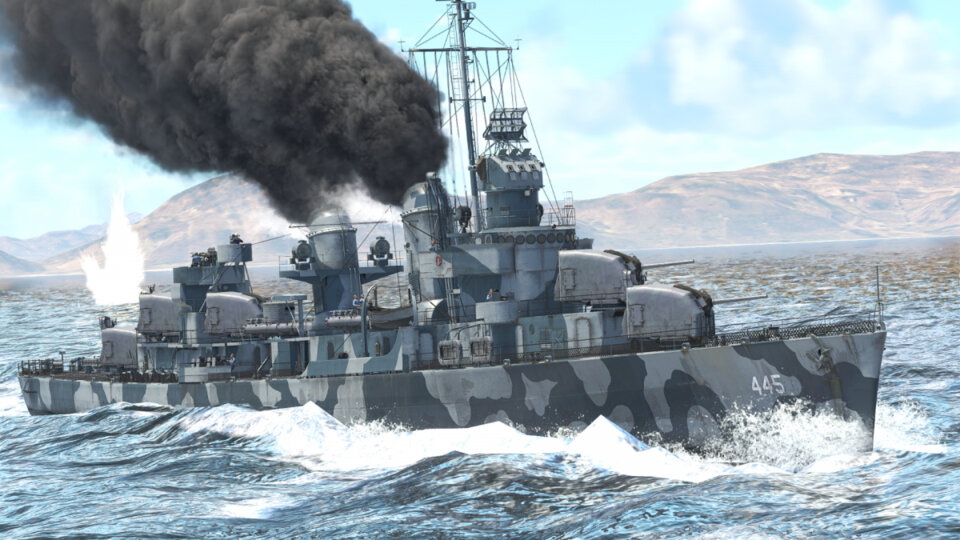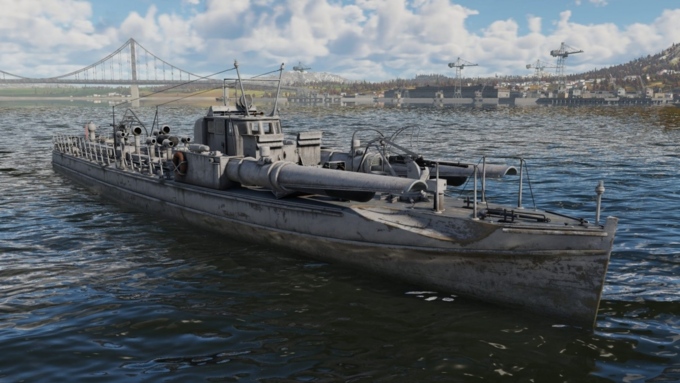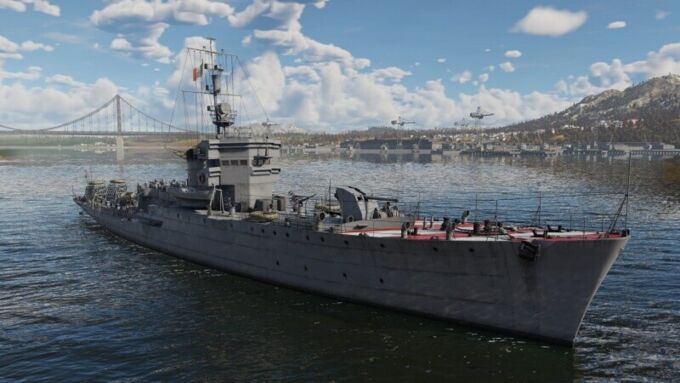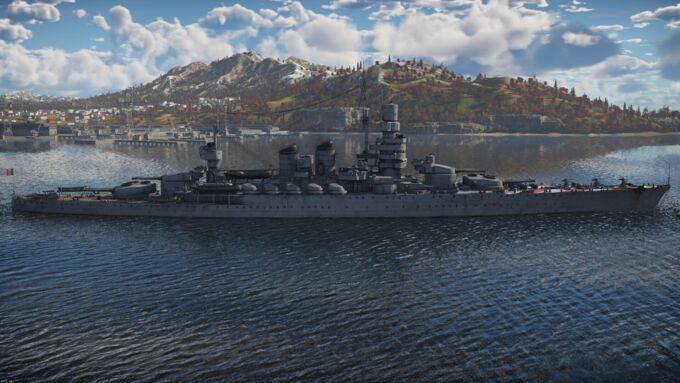The MS-24, after having been built in 1942, was assigned to the units of the 2nd Squadron, destined to participate in operations in the area of the Sicilian Channel. She was deployed to Sicily on 28 April 1943, leaving Marsala with her twin MS-34, and went to rescue the crew of the torpedo boat RN Climene, torpedoed by an enemy submarine off Marettimo, managing to save 40 sailors.
Launched on June 18, 1942, CRDA at Monfacone, built and commissioned on June 24, 1942, was assigned to the 2°Squadriglia, transferred to bases in the Sicilian Channel in late July 1942, in the same month specifically on the 12th and 13th participated in operations against the British convoy bound for Malta during the Battle of Mid-August, on the night of August 13, 1943,
The RN Folaga (C 16) was delivered to the Regia Marina Italiana and commissioned on 16 February 1943, assigned to the Squadriglia Corvette, she underwent intense training at La Spezia in the spring, and after the training was over, she was repositioned at La Maddalena under the 7° Gruppo Anti-Sommergibile (7°Gruppo A.S.). Before the Italian armistice, she carried out 11 convoy escorts, fire actions against enemy aircraft, and 44 searches of enemy aircraft and enemy underwater units in the Upper Tyrrhenian Sea.
The Albatross-class consisted of 10 ships built by Italy to give to some NATO nations using American funds to increase the defence capabilities of these nations under the Mutual Defence Assistance Program, eventually, the albatross class corvettes were built, all equipped at the beginning with two 76mm SMP3 placed both front and rear, a twin 40mm Breda-Bofors tower at the rear in the centre of the ship and a hedgehog launcher to attack submarines, later the various nations would change the existing armament to something else.
MS 15 launched on 2 February 1942, finalised on 2 June 1942, entered service after construction in the Regia Marina's 1st Squadron, and arrived at operational bases in North Africa in July 1942; the following month it carried out, with MS 11, a mission to transport saboteurs of the San Marco Regiment in enemy waters, participated in anti-ship ambush operations, escorting coastal convoys and anti-submarine surveillance.
RN Gabbiano (C 11), was the first corvette of the Gabbiano class of the same name, completed and entered into service on 3 October 1942, it would see a long operational history from World War II until the post-war period, after several exercises and crew training, held in La Spezia, assigned to the 1st Squadriglia Corvette, based in Trapani

